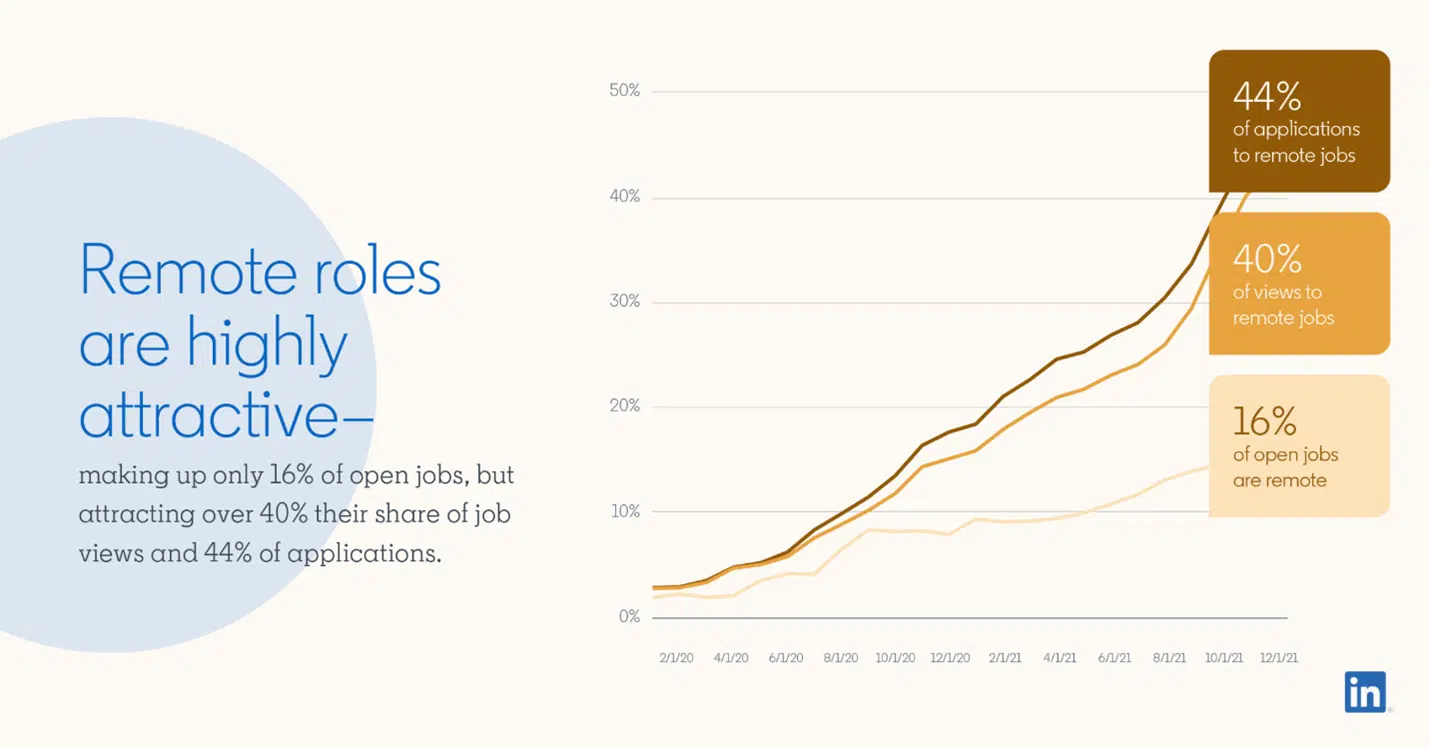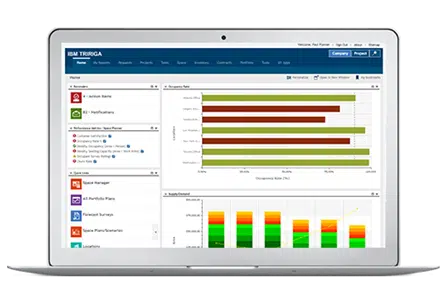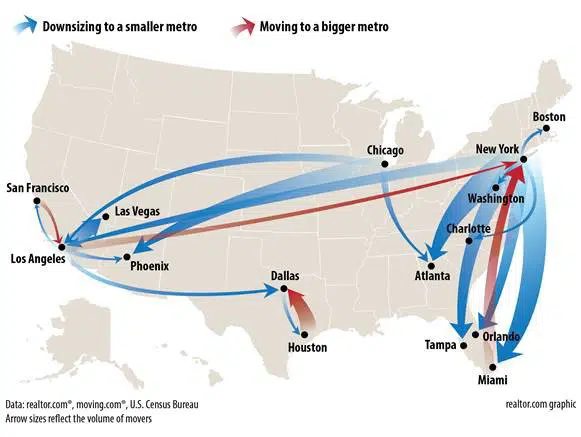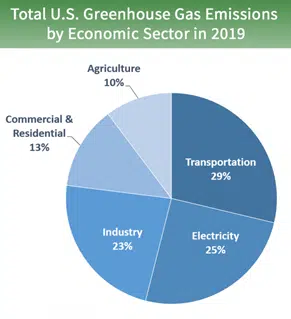The COVID-19 pandemic of 2020 and 2021 created a dramatic shift in how employees perform their work. In March 2020, only one in 67 paid U.S. jobs on LinkedIn offered remote work. Today, that number has exploded to nearly 1 in 6 (LinkedIn).
Not only has the number of open jobs for remote workers grown rapidly, but 44% of applications are for remote roles—making up 40% of all job listing views by applicants on LinkedIn. The desire of applicants to work from home has been shifting fast.

The arrival of the Omicron COVID-19 variant in 2022 caused many companies to delay their return-to-office plans and, instead, opt for a hybrid working model. Data from the recent workforce confidence survey by LinkedIn shows that while 50% of workers are primarily on-site right now, 34% are still working remotely full time, and 15% are working a hybrid schedule (LinkedIn).
“… when you look at the surveys … people are going to want to come in the office maybe 2-3 days a week. That’s going to be the norm.” (Workplace strategist and change manager at a workplace consultancy company) (NCIB)
Overall, the goals of the American worker have changed in several other ways which have shifted the traditional workplace for U.S. companies and their commercial facilities managers. From our research, we found that:
- 87% of employees want to work from home at least one day per week (ApolloTechnical.com).
- 9% of employees relocated to a different city during the pandemic, making returning to the office impossible.
- 92% of employees do not want to return to the office full time after the pandemic.
Here are some of our insights into the future of hybrid workplaces for facilities managers:
Energy and Carbon Footprint can be Reduced
Driving to work every day creates a large amount of CO2 emissions. Preliminary research shows that if all companies had employees work from home one day per week, global oil consumption would be reduced by 1% per year—leading to an overall decline of 24 million tons of CO2 emissions (NCBI).
Poorly controlled lighting also affects your electricity and cooling bills, as do outdated systems, appliances, and machines. In terms of facilities management, any improvements to energy efficiency can yield both cost savings and environmental gains. Such measures include installing LED lighting; upgrading data centers, vending machines, and kitchen appliances; real-time monitoring of water and waste; and upgrading inefficient components—all leading to lower energy consumption and a smaller carbon footprint.
Social Distancing has Shifted the Use of Office Space
Companies will shift the way they use their commercial office space. In terms of function, most pre-COVID offices were set up for 70% individual space (workstations and offices) and 30% collaborative space (conference rooms and shared space). Offices utilized 85% of their employee office space, designing workstations to use 10 square meters of space (NCIB).
Post-COVID, many companies have reconfigured workspaces to utilize 40% individual space and 60% collaborative space—utilizing 60% of total office space. In terms of social distancing, workstation spaces have shifted from 10m squared to 16m squared (NCIB).
For facilities managers, this reconfiguration means, in many cases, reductions in water and waste usage and a lighter load on data centers, vending machines, kitchen appliances, and electronics energy consumption—making the real-time monitoring and optimization of facilities ever-so-important.
FM Tools for Managing a Hybrid Model
For facilities managers, AI and machine learning, IoT, and SaaS tools—via apps at the palms of their hands—have made reducing energy costs and carbon footprint (at scale) as easy as the tap of a finger.

Choosing a solution that merges data, IoT, and AI will give your facility the upper hand when optimizing the space in your building(s), maximizing operations and maintenance efficiency, creating the right workplace experience, managing and extending capital projects, right-sizing your real-estate portfolio, and reducing overall carbon footprint as a cost center (www.IBM.com).
Recognition and Morale Building is Now Virtual
Employee morale and recognition of high-performers have always been important to promote a successful work culture in-office. With the shift to a hybrid model, where workers work remotely 2-3 days per week, leadership teams have used several tactics to improve employee morale and recognition.
Many distributed teams have used tools like Kudoboards to sign birthday cards and recognize employee achievement virtually. Managers have scheduled regular “virtual happy hours” where employees have a casual social hour chatting and drinking their favorite beverage or even enjoy pizza together—delivered simultaneously to each co-worker (Forbes.com).
As an informal “thank you,” HR and operations teams have regularly sent care packages with snacks, swag, and goodies to each employee’s doorsteps. Leadership has made a point to formally recognize coworkers on group video calls to show everyone how appreciative they are for their hard work. This recognition includes facilities managers—who literally keep the lights on.
Workers are Moving to Smaller Metros
The overall theme of the past two years sees people moving. Much of the reason is not related to where the jobs are. People appear to be moving based on financial (cost of living and taxes) and lifestyle reasons.
Many on the west coast have moved to Boise, ID; Las Vegas, NV; Phoenix, AZ; and Texas. Others in the Northeast have moved to the beaches in Florida (www.pods.com).

Numerous workers—those who have stayed near their employers to work in a hybrid environment—have moved outward to the surrounding suburbs. This has led to a corporate shift from having one prominent commercial location in the heart of downtown to having a cluster of smaller offices around the city.
For facilities managers, this has somewhat fragmented responsibility—shifting energy and carbon footprint management from one facility to several. Each smaller facility may have different metrics and core functions.
Beyond 2022
While the COVID-19 pandemic has caused a dramatic shift in the way we work, it has also yielded a surprising benefit of work-life balance. For facilities managers, innovations in automation and a hybrid workplace model will significantly reduce energy usage and carbon footprint—on a large scale—this year and beyond.
